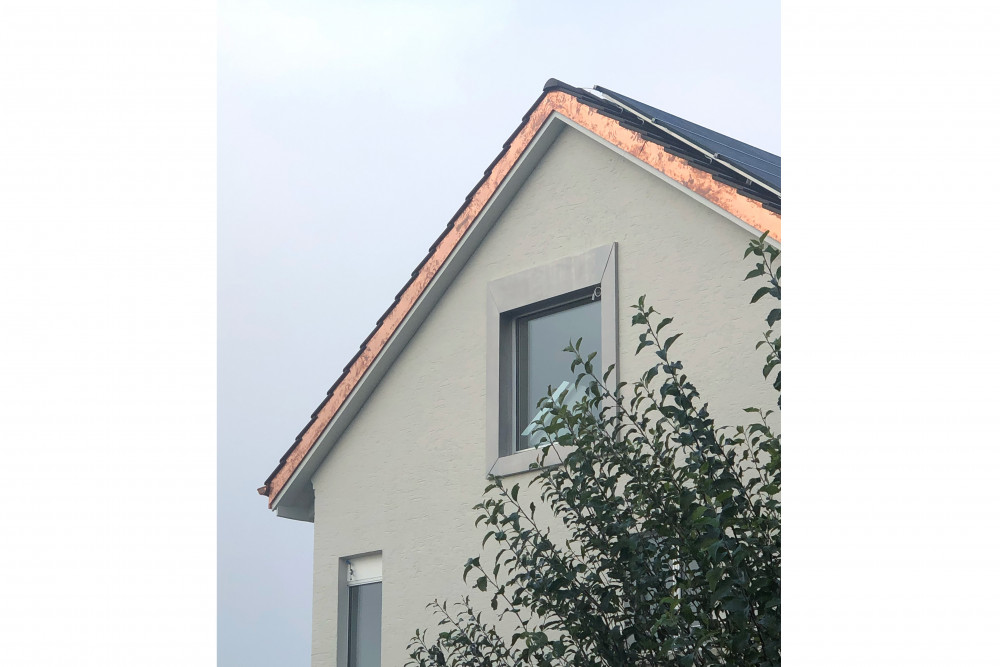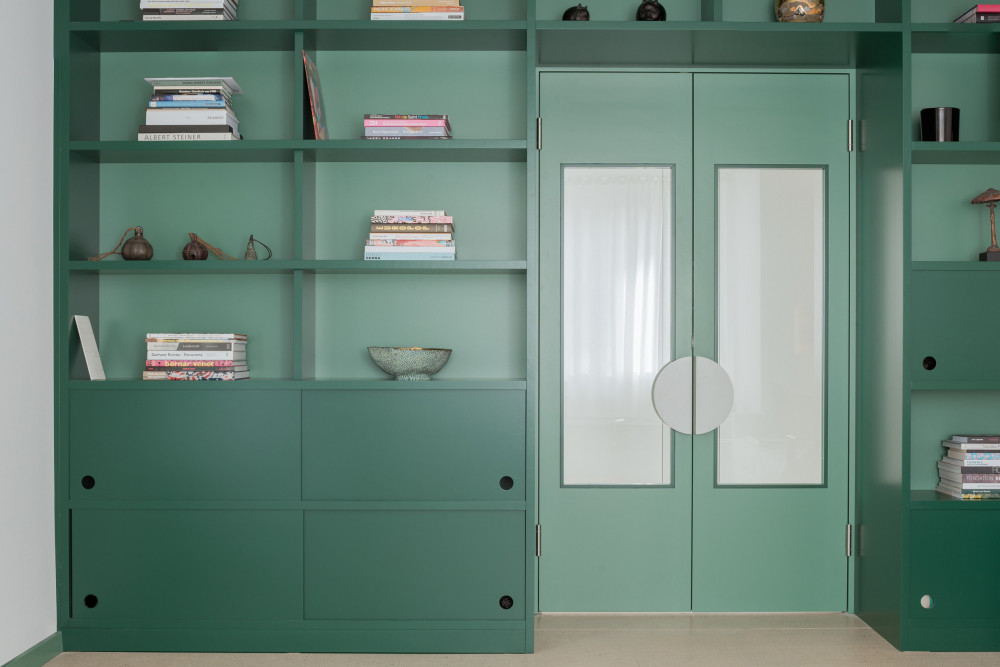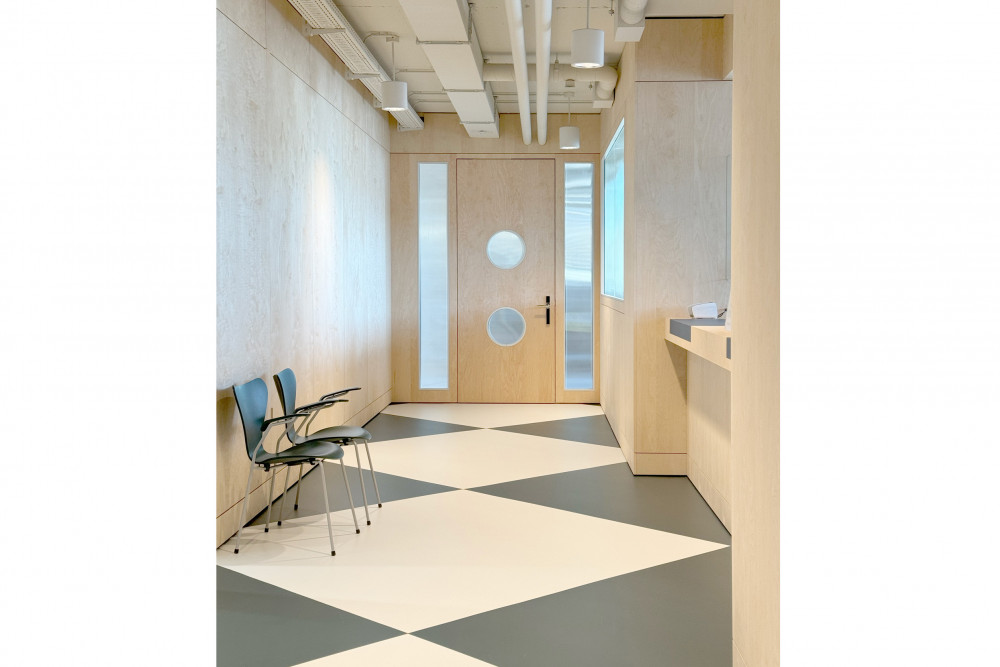
Elisabeth Hobiger-Feichtner CH
http://www.hobigerfeichtner.ch
Ernastrasse 22 | 8004 Zürich
Elisabeth Hobiger-Feichtner completed her studies at the Technical University of Graz as well as the Technical University of Vienna. In parallel, she pursued a degree in art history, earning her diploma in 2010.
After graduation, she gained valuable professional experience at architecture firms such as Bétrix Consolascio Architekten, Markus Schietsch Architekten, and von Ballmoos Krucker Architekten in Zurich. She is registered in REG A and is a member of the SIA (Swiss Society of Engineers and Architects). Since 2020, she has also been a state-authorized and sworn member of the Civil Engineers Chamber in Austria.
After several years of practical experience, she founded her own architecture firm with offices in Salzburg and Zurich. In her work, she leverages the different influences and requirements of both countries to create innovative and versatile architectural projects.
In addition to her work at her firm, she is also active in academic teaching, sharing her extensive knowledge and experience with aspiring architects.
Approach to Architecture from our office:
Everything already exists; it just needs to be recognized and utilized. Given this perspective, we are particularly interested in existing structures, or more precisely, in the existing building stock. Generally, renovation projects are more important to us than new constructions. We believe in utilizing what already exists whenever possible. This topic is, of course, very much in vogue at the moment. Everyone is talking about repurposing, renovation, and sustainability. These topics also have significant political implications, often requiring engagement with theoretical issues such as various subsidies, the benefits of which sometimes need to be questioned.
What interests us most is the overall package: what makes sense and what does not. Where can comfort be reduced, and what is absolutely necessary? In our quest for universal solutions, we often find the answer in very specific areas. Using this design method, we have already been able to carry out several renovations and develop exciting projects, including competition entries.





